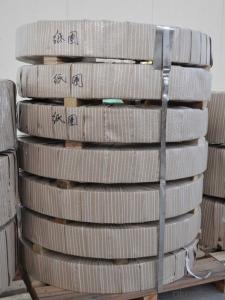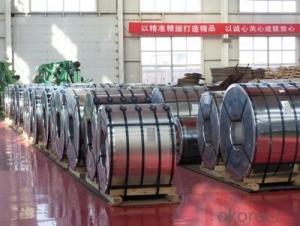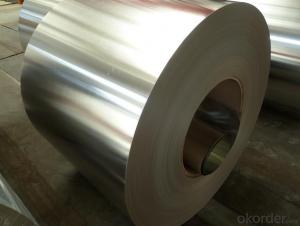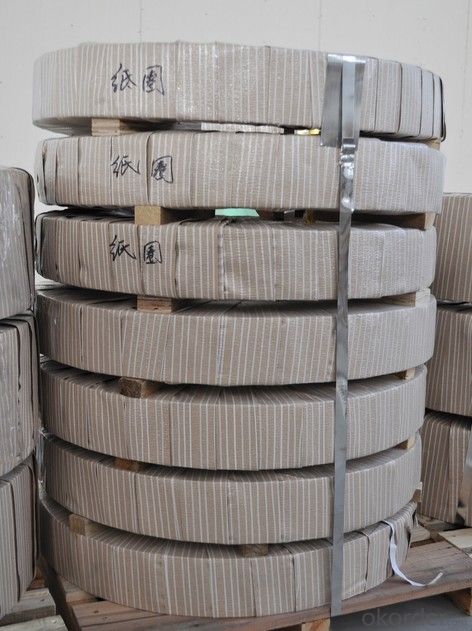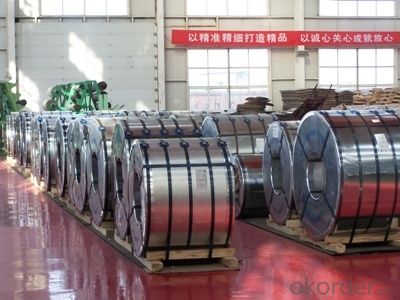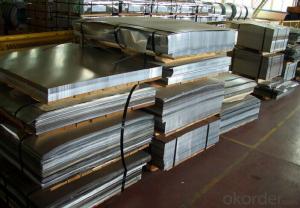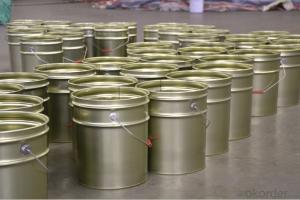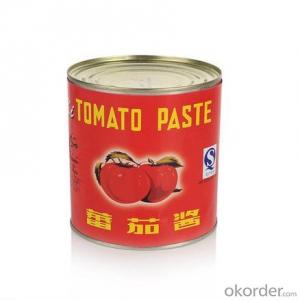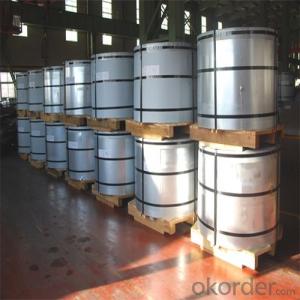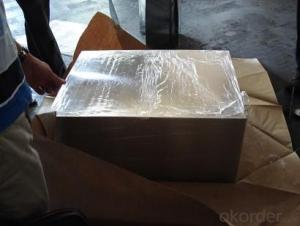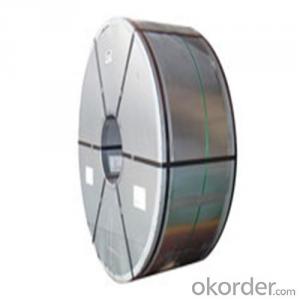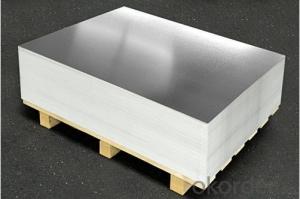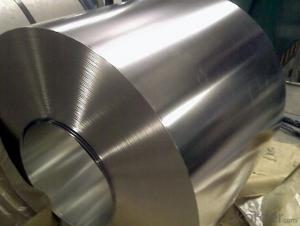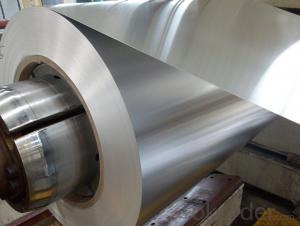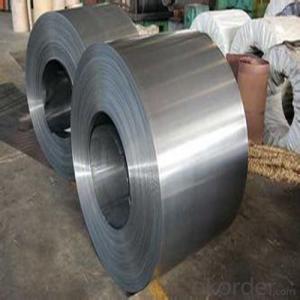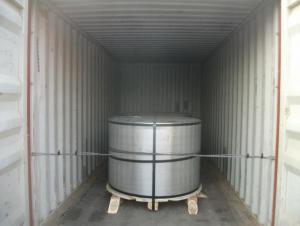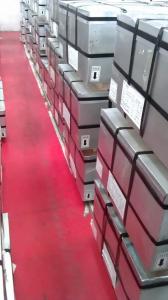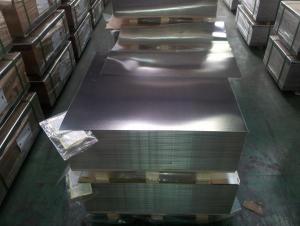Tinplate Sheets for Chemical Cans Use with 0.20mm thickness
- Loading Port:
- Shanghai
- Payment Terms:
- TT or LC
- Min Order Qty:
- 15 m.t.
- Supply Capability:
- 1000 m.t./month
OKorder Service Pledge
OKorder Financial Service
You Might Also Like
1.Structure of Tinplate Sheets for Chemical Cans Use with 0.20mm thickness Description
Tinplate Sheets for Food Cans Use with 0.20mm thickness is one of the metal packing materials, which is widely used for making painting cans ,chemical package cans , electrical cable ,battery and metal printing etc.
2. Main Features of the Tinplate Sheets for Chemical Cans Use with 0.20mm thickness
Steady and high quality
Fast shipment
Good experience for export work
For the surface, Plate uniform in thickness,uniform and smooth tin coating, without flaws,rusts,scratch,wave,nick of tin coating etc.
Thin Thickness
3.Tinplate Sheets for Chemical Cans Use with 0.20mm thickness Images
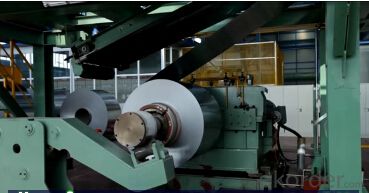
4. Tinplate Sheets for Chemical Cans Use with 0.20mm thicknessSpecification
Standard : GB2520-2000 ,JIS G3303
Steel type : SPCC
Coating : 2.8/2.8
Surface: Bright, Stone ,
Thickness:0.20
Width :600MM~1000MM
Temper : T1~T5
Package: tinplate wrapped completely with an inner cover of plastic or waterproof papers with vorners protected with metal angels.
5.FAQ of Tinplate Sheets for Chemical Cans Use with 0.20mm thickness
A. What is the package of tinplate? (Referred as below)
For sheets, thin plastic film + rust-proof paper + metallic cover + metallic angles+ steel band strips + fumigated wooden pallet.
For coil, thin plastic film + rust proof paper + metallic cover + steel band strips + fumigated wooden pallet
B. The surface of tinplate could you supply?
Stone finish, Bright finish, Matte finish, Silver finish
C. What is the tin coating you can produce?
We can produce E2.8/2.8,D2.8/5.6 and E5.6/5.6 etc.
D. Can you provide other thickness?
Yes, we can provide, normally 0.16mm-0.5mm.
- Q: Can tinplate packaging be used for toy products?
- Yes, tinplate packaging can be used for toy products. Tinplate is a durable and versatile material that provides a protective barrier, making it suitable for packaging various types of toys. Additionally, tinplate can be easily printed on, allowing for attractive and customized designs for toy packaging.
- Q: How does tinplate contribute to the overall portability of packaging?
- Tinplate contributes to the overall portability of packaging due to its lightweight yet durable nature, making it easy to transport and handle. Additionally, its excellent resistance to corrosion and ability to preserve the quality of the packaged product ensures that packaging remains intact during transportation, further enhancing its portability.
- Q: How is tinplate coated with organic coatings?
- Tinplate is coated with organic coatings through a process called coil coating. In this process, the tinplate is cleaned and pre-treated to ensure proper adhesion of the coating. Then, a thin layer of organic coating is applied onto the surface of the tinplate using various methods such as roller coating or spraying. The coated tinplate is then cured at high temperatures to ensure the coating adheres firmly. This organic coating provides protection against corrosion and enhances the appearance of the tinplate.
- Q: Can tinplate packaging be used for personal care products?
- Yes, tinplate packaging can be used for personal care products. Tinplate is a durable and lightweight material that provides good protection against moisture, light, and air. It is commonly used for packaging cosmetics, skincare products, and other personal care items. Additionally, tinplate packaging offers a premium and aesthetic appeal, making it suitable for various personal care product ranges.
- Q: What are the main applications of tinplate in the chemical industry?
- Tinplate has several main applications in the chemical industry, including the production of cans and containers for storing and transporting chemicals. Its corrosion-resistant properties make it ideal for protecting chemicals from external factors. Tinplate is also used in the manufacturing of chemical equipment, such as pipes and tanks, where its durability and resistance to chemicals are advantageous. Additionally, tinplate can be utilized in the production of chemical packaging materials, labels, and closures, providing a reliable and safe solution for chemical products.
- Q: What are the different ways to seal tinplate containers?
- There are several different ways to seal tinplate containers, including using a metal lid with a rubber gasket, using a plastic or paper lid with a heat-sealed lining, using a twist-off cap with a tamper-evident seal, and using a peel-off foil seal.
- Q: Can tinplate be used for high-speed packaging lines?
- Yes, tinplate can be used for high-speed packaging lines. Tinplate, which is a thin steel sheet coated with a layer of tin, offers excellent strength and durability, making it suitable for fast-paced packaging operations. Its smooth surface allows for easy printing and labeling, while its corrosion resistance ensures the longevity of packaged goods. Additionally, tinplate's ability to withstand high temperatures and its recyclability make it a popular choice for high-speed packaging lines in various industries such as food and beverage.
- Q: What are the different methods of cutting and shaping tinplate?
- There are several methods of cutting and shaping tinplate, including shearing, punching, die-cutting, and laser cutting. Shearing involves using a sharp blade to cut straight lines or curves in the tinplate. Punching is a method that uses a die and a press to create holes or shapes in the tinplate. Die-cutting utilizes a custom-made die to cut precise shapes or patterns in the tinplate. Lastly, laser cutting employs a high-powered laser beam to accurately cut intricate designs in the tinplate. Each method offers its own advantages and is chosen based on the desired outcome and complexity of the project.
- Q: How is tinplate coated with organic materials?
- Tinplate is typically coated with organic materials through a process called lacquering or varnishing. The organic coating, usually a resin-based material, is applied to the tinplate surface in a controlled manner, forming a protective layer that prevents corrosion, enhances durability, and provides a decorative finish.
- Q: How does tinplate contribute to the reliability of telecommunications devices?
- Tinplate contributes to the reliability of telecommunications devices by providing a durable and corrosion-resistant coating that protects the inner components from external factors such as moisture, humidity, and oxidation. This protection helps to prevent damage or malfunctioning of the devices, ensuring consistent and reliable performance.
Send your message to us
Tinplate Sheets for Chemical Cans Use with 0.20mm thickness
- Loading Port:
- Shanghai
- Payment Terms:
- TT or LC
- Min Order Qty:
- 15 m.t.
- Supply Capability:
- 1000 m.t./month
OKorder Service Pledge
OKorder Financial Service
Similar products
Hot products
Hot Searches
Related keywords
